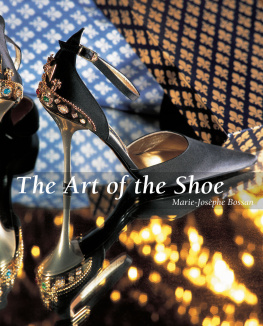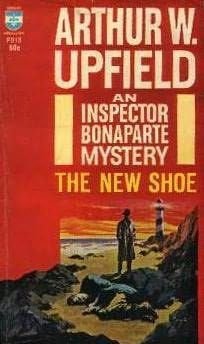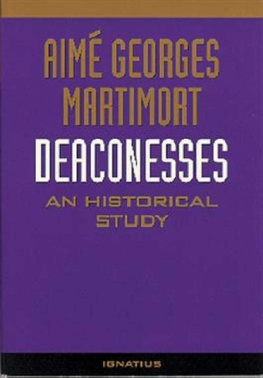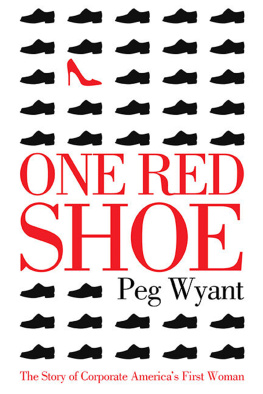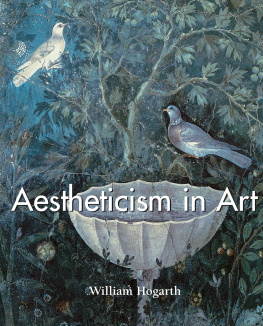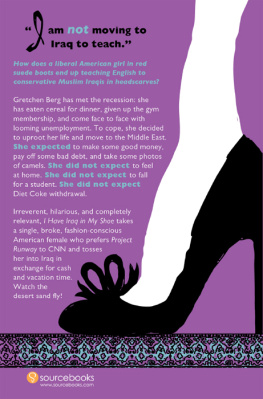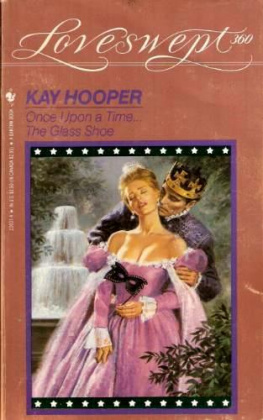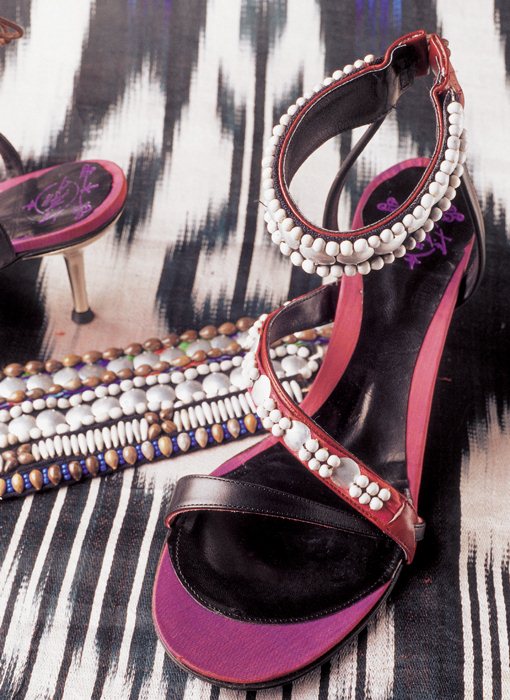
Akha sandal, dress of the Akha tribes of the Golden Triangle (box of recycled coca and jungle seed, 6 cm steel heel, leather). Trikitrixa, Paris.
Author: Marie-Josphe Bossan
Translator: Rebecca Brimacombe
Layout: Baseline Co Ltd
61A-63A Vo Van Tan Street
th Floor
District 3, Ho Chi Minh City
Vietnam
Confidential Concepts, worldwide, USA
Parkstone Press Ltd, New York, USA
Mir Estate / Artists Rights Society, New York / ADAGP, Paris
Arroyo Estate / Artists Rights Society, New York / VEGAP, Madrid
Magritte Estate / Artists Rights Society, New York / ADAGP, Paris
Warhol Estate / Artists Rights Society, New York
Kingdom of Spain, Gala-Salvador Dal Foundation / Artists Rights Society, New York, USA / VEGAP, Madrid
Jol Garnier, ill. 11, 35, 36, 39, 45, 49, 50, 51, 52, 58, 59, 60, 61, 63, 64, 66, 71, 72, 74, 75, 83, 84, 89, 92, 93, 94, 95, 96, 97, 98A, 98B, 99, 100, 101, 102, 103, 104, 111, 113, 114, 115, 116, 117, 118, 119, 126, 152, 153, 154, 155, 156, 157, 159, 160, 161, 164, 165, 166, 169, 170, 171, 175, 177, 178, 183, 187, 194, 198, 199, 200, 201, 206, 207, 212, 220, 223, 224, 225, 226, 227, 228, 229, 230, 231, 232, 238, 244, 247, 248, 249, 250, 251, 252, 253, 264, 266, 272, 274, 300, 301, 302, 303, 304, 307,
Eric Delorme, ill.
E. Eylieu, ill.
Photothque des muses de la Ville de Paris, Clich Marchand ill. 31, Clich Pierrain ill. 73, Clich Ladet ill. 79, Clich Lifermann ill. 216, 234, 235,
The Metropolitan Museum of Art, ill.
Fondazione Nazionale C. Collodi, ill.
ISBN : 978-1-78310-733-9
Special thanks to the city of Romans, France, and Jol Garnier for his photographs.
All rights reserved. No part of this may be reproduced or adapted without the permission of the copyright holder, throughout the world. Unless otherwise specified, copyright on the works reproduced lies with the respective photographers. Despite intensive research, it has not always been possible to establish copyright ownership. Where this is the case, we would appreciate notification.
Marie-Josphe Bossan
The Art of the Shoe

Contents

Aviator Boots, c. 1914, France.
Introduction
The Shoe: Object of Civilization and Object of Art
Aside from noticing a shoe for its comfort or elegance, contemporaries rarely take interest in this necessary object of daily life. However, the shoe is considerable in the history of civilization and art.
In losing contact with nature, we have lost sight of the shoes profound significance. In recapturing this contact, in particular through sports, we begin its rediscovery. Shoes for skiing, hiking, hunting, football, tennis or horseriding are carefully chosen, indispensable tools as well as revealing signs of occupation or taste.
In previous centuries, when people depended more on the climate, vegetation and condition of the soil, while most jobs involved physical labour, the shoe held an importance for everyone which today it holds for very few. We do not wear the same shoes in snow as in the tropics, in the forest as in the steppe, in the swamps as in the mountains or when working, hunting or fishing. For this reason, shoes give precious indications of habitats and modes of life.
In strongly hierarchical societies, organized by castes or orders, clothing was determinant. Princes, bourgeoisie, soldiers, clergy and servers were differentiated by what they wore. The shoe revealed, less spectacularly than the hat, but in a more demanding way, the respective brilliance of civilizations, unveiling the social classes and the subtlety of the race; a sign of recognition, just as the ring slips only onto the slenderest finger, the glass slipper will not fit but the most delicate of beauties.
The shoe transmits its message to us by the customs which impose and condition it. It teaches us of the deformations that were forced on the feet of Chinese women and shows us how in India, by conserving the unusual boots, the nomadic horsemen of the North attained their sovereignty over the Indian continent; we learn that ice-skates evoke the Hammans while babouches suggest the Islamic interdiction to enter holy places with covered feet.
Sometimes the shoe is symbolic, evoked in ritual or tied to a crucial moment of existence. One tells of the purpose high-heels served: to make the woman taller on her wedding night in order to remind her that it is the only moment when she will dominate her husband.
The boots of the Shaman were decorated with animal skins and bones in order to emulate the stag; as the stag, he could run in the world of spirits. We are what we wear, so if to ascend to a higher life it is necessary to ornate the head, if it becomes an issue of ease of movement, it is the feet that are suited for adornment. Athena had shoes of gold, for Hermes, it was heels. Perseus, in search of flight, went to the nymphs to find winged sandals.
Tales respond to mythology. The seven-league boots, which enlarged or shrunk to fit the ogre or Little Thumb, allowed them both to run across the universe. You have only to make me a pair of boots, said Puss in Boots to his master, and you will see that you are not so badly dealt as you believe.
Does the shoe therefore serve to transcend the foot, often considered as the most modest and least favored part of the human body? Occasionally, without a doubt, but not always. The barefoot is not always deprived of the sacred and, thus, can communicate this to the shoe. Those who supplicate or venerate are constantly throwing themselves at the feet of men; it is the feet of men who leave a trace on humid or dusty ground, often the only witness to their passage. A specific accessory, the shoe can sometimes serve to represent he who has worn it, who has disappeared, of whom we do not dare to retrace the traits; the most characteristic example is offered by primitive Buddhism evoking the image of its founder by a seat or by a footprint.
Made of the most diverse materials, from leather to wood, from fabric to straw, or whether plain or ornamented, the shoe, by its form and decoration, becomes an object of art. If the form is sometimes more functional than esthetic but not always, and there will be a place to explain many aberrant forms the design of the cloth, the broidery, the incrustations, the choice of colours, always closely reveal the artistic characteristics of their native country.
The essential interest comes from that which it is not; weapons or musical instruments are reserved for a caste or a determined social group, carpets are the products of only one or two civilizations, it does not stand up as a sumptuous object of the rich classes or a folkloric object of the poor. The shoe has been used from the bottom to the top of the social ladder, by all the individuals of any given group, from group to group, by the entire world.
Jean-Paul Roux,
Honorary Director of Research at the C.N.R.S.
Honorary Tenure d Professor of the Islamic Arts
at the School of the Louvre
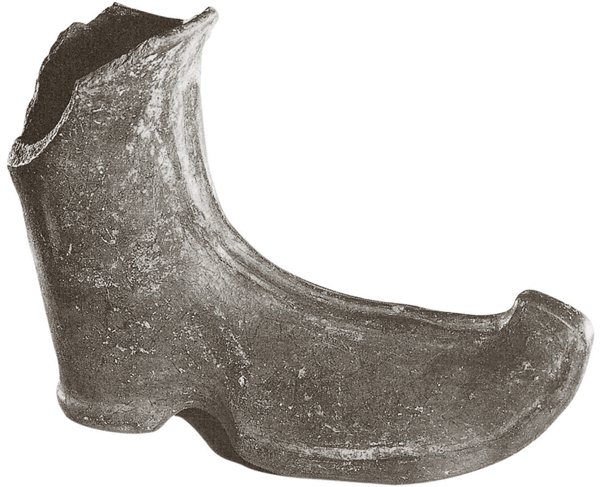
Clay model of shoe with upturned toe from an Azerbaijanian tomb, 13th-12th century BC. Bally Museum, Schnenwerd, Switzerland.
Next page
